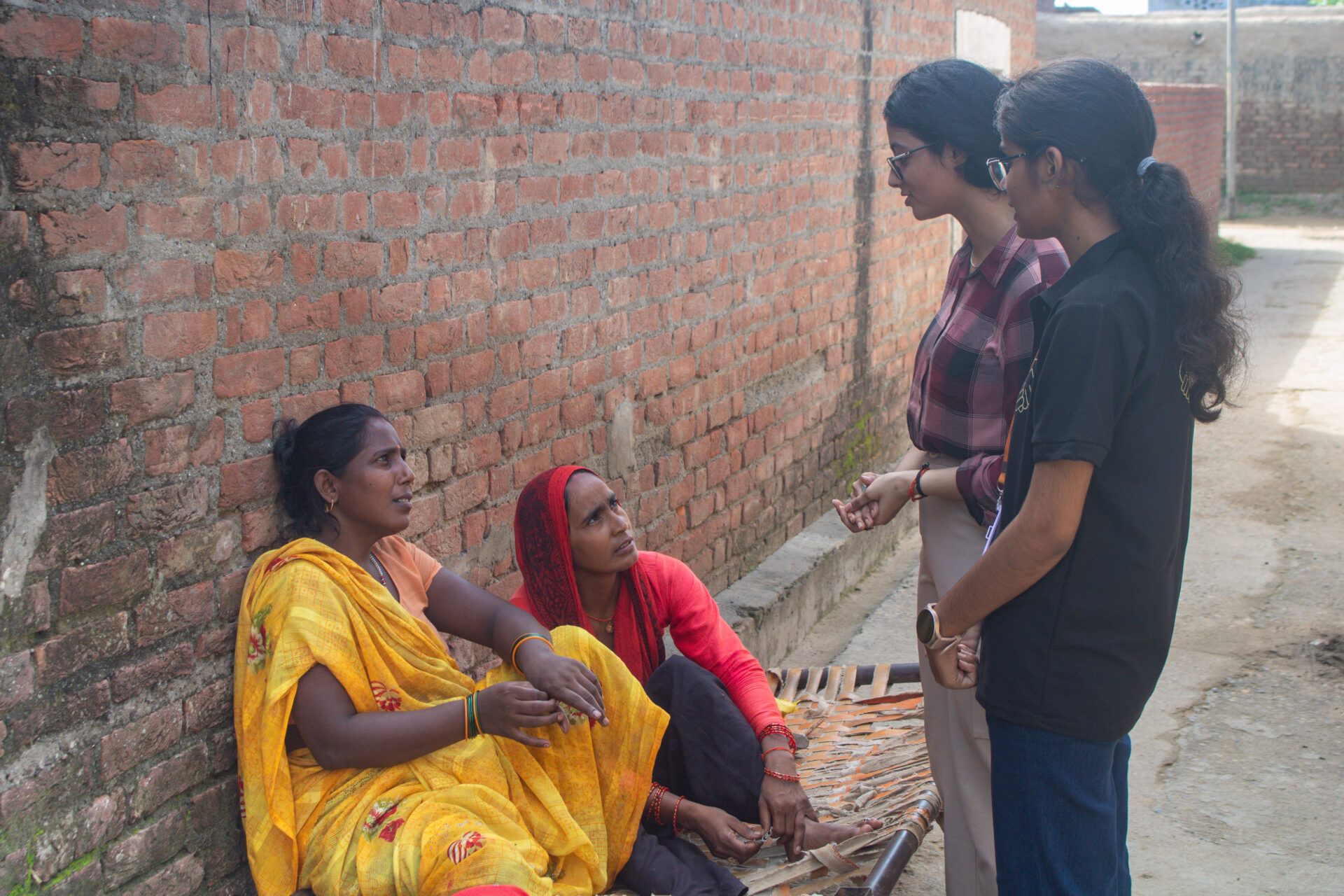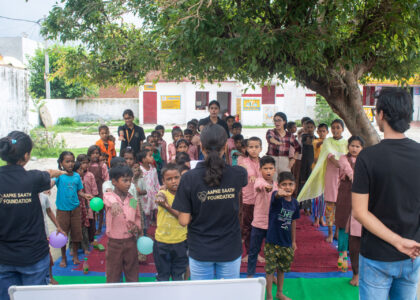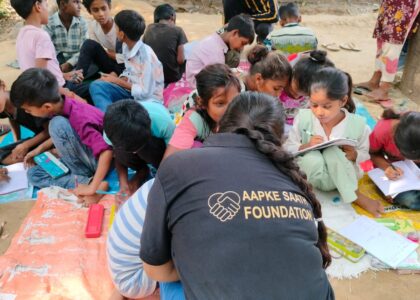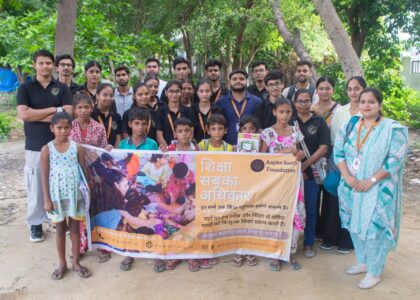Why Slum Parents Don’t Send Kids to School – The Real Reasons
SEO Title: Why Slum Parents Don’t Send Kids to School – Real Reasons & Solutions
Meta Description: Discover the heartbreaking reasons why many slum children in India don’t attend school, and what we can do to change their future.
Introduction: The Unseen Struggle in India’s Slums
Walk through any urban slum in India, be it Seelampur in Delhi, Dharavi in Mumbai, or parts of Kolkata, and you’ll see children everywhere, but rarely in school. Many assume this is due to negligence or a lack of interest. The truth, however, is rooted in survival, poverty, and systemic neglect.
Slum parents deeply love their children. They wish for a better future for them. But life in poverty forces them to make painful, often heartbreaking, choices every day.
1. Survival Comes Before School
For many slum families, the biggest daily concern is:
“How will we eat today?”
When basic needs aren’t met, education becomes a luxury.
Real Story: Sita, a domestic worker in Delhi, had to pull her daughter Pooja out of school because she couldn’t afford childcare for her younger kids while working.
“If she goes to school, who will care for the little ones?” — Sita
This isn’t neglect—it’s a matter of survival.
2. The Hidden Costs of Free Education
Even government schools labeled “free” often have hidden expenses:
- ₹300–₹500 for uniforms
- ₹200–₹300 for stationery
- ₹10–₹20 per day for transport
Case: Raju from Kolkata dropped out because he had no shoes. Teased by classmates, he stayed home in shame. His family couldn’t afford to choose between food and footwear.
3. Child Labour Keeps Families Afloat
Children often contribute to the family income by:
- Selling flowers at traffic signals
- Collecting recyclable waste
- Rolling incense sticks or working in tea shops
“My son earns ₹100 a day, half our rent.” — Ramesh, Dharavi
Until families reach financial stability, letting go of this income is unthinkable.
4. Lack of Safe and Accessible Transport
Imagine a 7-year-old girl walking 3 km to school, crossing highways alone. For many slum families, the lack of safe transport becomes a deal-breaker, especially for daughters.
Example: Leela stopped sending her daughter to school after she was harassed on the way.
“Her life is more important than school.” — Leela
5. No Documents, No Admission
Migrant families often lack proper IDs or residence proof:
- No Aadhaar or birth certificate
- No address verification
Case: Mohammad’s family, displaced by floods in Bihar, was denied school admission in Delhi due to missing documents.
6. Girls Are Expected to Stay at Home
In many families, girls as young as 8 are expected to:
- Cook
- Clean
- Care for siblings
- Wash clothes
Priya, 13, from Jaipur had to quit school to babysit while her mother worked.
UNESCO Statistic: 23% of Indian girls drop out before reaching puberty.
7. Schools That Humiliate Instead of Empower
Slum children are often first-generation learners. Instead of encouragement, they face shame and ridicule.
Vikas, 9, quit school after being called “stupid” by a teacher.
“He never wanted to go again.” — His father
8. No Visible Role Models or Success Stories
Many parents don’t see education leading to better lives around them.
“He studied till class 12 but still sells vegetables.” — Meena, Delhi slum resident
Without visible success stories, education feels like a false hope.
9. Instability Due to Debt and Migration
Families move frequently due to:
- Rent hikes
- Job searches
- Evictions
Each move interrupts children’s education.
Example: Sunita had to withdraw her kids from school four times in three years due to relocation.
10. Parents’ Shame and Low Confidence
Many slum parents never attended school themselves. They feel ashamed when asked to help with homework or school forms.
“I cannot even write my name. How will I teach my children?” — Manoj, Lucknow
This shame creates distance between parents and schools.
Rani’s Journey: A Story of Hope
Rani once sold flowers at red lights. After support from an NGO offering:
- Free meals
- Books and uniforms
- Flexible classes
She is now in Class 6 and dreams of becoming a nurse.
“I feel happy in my uniform. I feel like I matter.” — Rani
This is the power of support—not judgment.

Proven Solutions That Work
To truly help slum children access education, we must:
- Provide Midday Meals or Financial Aid
- Offer Evening or Flexible Schooling
- Ensure Safe Transport for Girls
- Establish Learning Centers Within Slums
- Train Teachers for Compassionate Learning
- Create Parent Awareness Groups
- Showcase Success Stories of Slum Graduates
Conclusion: It’s Not Always a Choice—It’s Circumstance
The next time you see a child working instead of studying, remember:
It might not be due to neglect. It could be a matter of survival.
To bring change, we must:
- Make education truly free, accessible, and safe
- Create schools that respect first-generation learners
- Replace judgment with empathy
“If you want to lift yourself up, lift up someone else.”
— Booker T. Washington
Let’s lift every child’s right to learn.
FAQ
Slum parents often struggle with poverty, lack of documents, safety concerns, and hidden costs of “free” education. Many prioritize survival needs like food and shelter over schooling, not because they don’t care, but because of their circumstances.
Aapke Saath Foundation provides free educational support, bridge courses, school enrollment assistance, and community outreach in slum areas. We also offer resources like stationery, uniforms, and mid-day meals to reduce financial burden on families.
Bridge schools are informal learning centers that help children catch up academically before entering formal schools. They are especially helpful for dropouts or first-time learners in slums, allowing flexible timings and personalized attention.
Yes! You can volunteer your time, sponsor a child’s education, or donate school kits, uniforms, or meals. Every small contribution makes a big difference. Visit www.asf.org.in to learn how you can help.
If you see a child in your area not going to school, you can contact Aapke Saath Foundation. We conduct awareness drives, assist with admissions, and work with parents to remove barriers to education. Email: info@asf.org.in | Call: 9582527110




